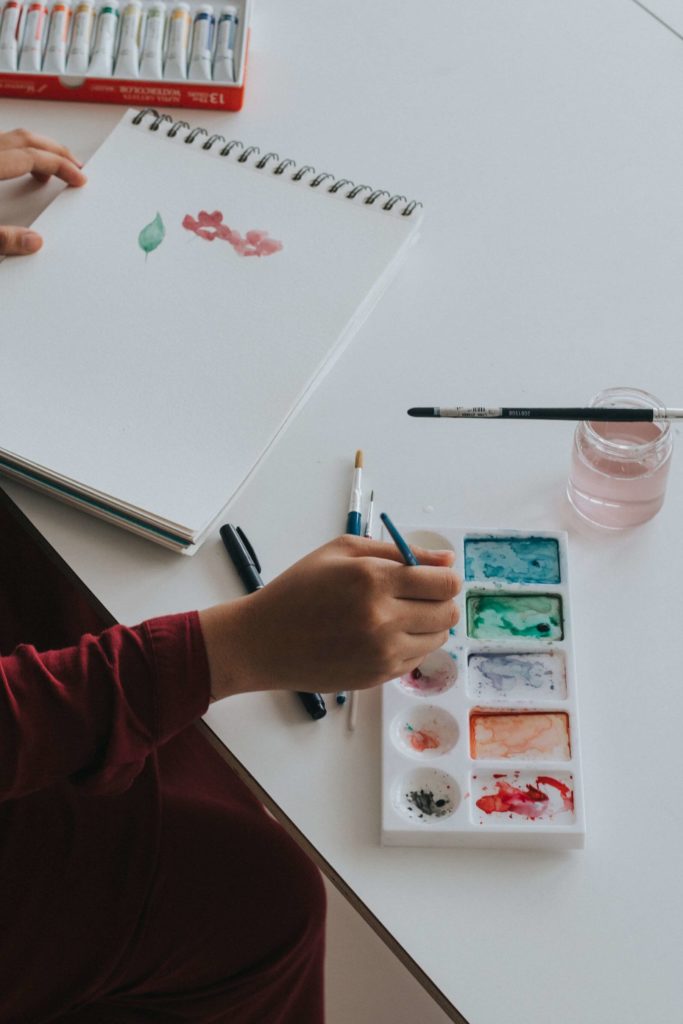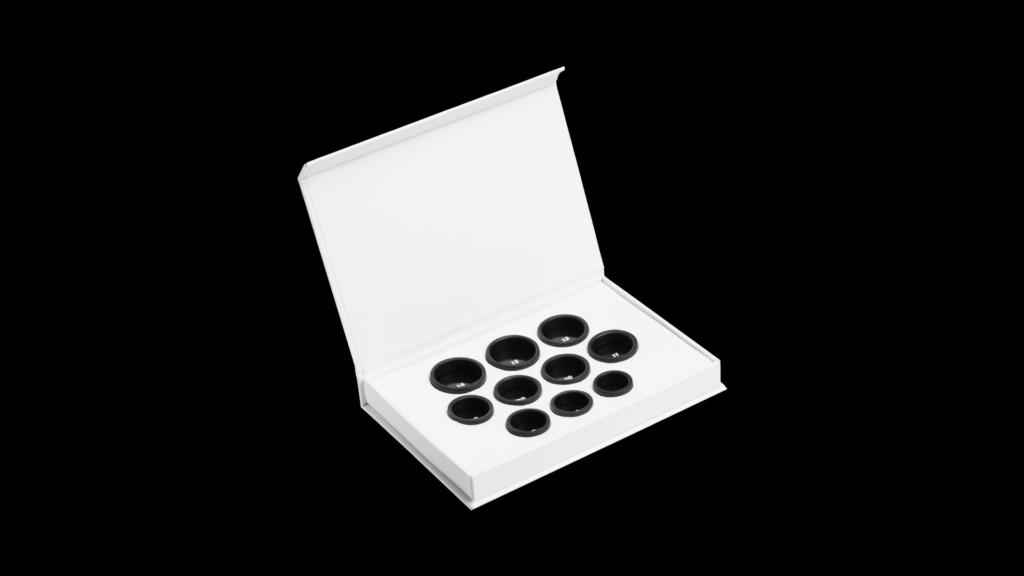From a psychological lens, the creative process, cannot be summed up better than by psychoanalyst Carl Jung, when he says that the creation of something new is not accomplished by the intellect but by the play instinct acting from inner necessity.
Creative/Art Therapy
The creative mind plays with the objects it loves. Creative Therapy is the use of creative methods to enhance mental health and address psychological distress and disorders. It encourages self-expression and aims to uncover healthier coping mechanisms.
Creative Therapy explores non-verbal modes of expression. The therapist and the client primarily communicate through the means of art, dance, music, drama or writing. Talk therapy involves verbal language, which sometimes fails to transcend boundaries or is deficient in the process of delving into the subconscious.
Additionally, when we’re emotionally distressed or overwhelmed, verbal language can act as a cumbersome barrier. Articulation is not easy when one is emotionally disturbed. It is particularly effective with children who don’t have the vocabulary to disclose their pain.
Recounting traumatic incidents could result in retraumatization for some. Art therapy could serve as an effective intervention in such cases.

Through an integrative and interactive approach, creative therapy engages the mind and the body in harmony, to elicit visual and symbolic expression that lends voice to the deepest chasms of the Self.
Creative Therapy does not require a person to have artistic ability. The goal of creative/expressive arts therapy is to connect the bridge between the client’s creative choices and his/her inner life. It’s not about talent or skill.
Art therapists work in varied settings spanning hospitals, correctional institutions and private counseling with groups and individuals. It could entail painting, doodling, scribbling, sculpting or even clay work.
In art therapy, for instance, clients could be typically asked to draw a picture of an incident or an emotion. The finished pieces are then verbally processed and interpreted for their metaphors and emotional language.
Creative Therapy can help to cope with stress, improve symptoms of anxiety or depression, enhance self-esteem and social skills and ease conflict resolution.
It can also be an adjunct to other psychotherapeutic techniques while treating PTSD or eating disorders. According to the American Art Therapy Association, it also holds possibilities for improvement of cognitive and sensorimotor functions.
Art therapy significantly reduced trauma symptoms in adults in a study conducted by Regev D and Cohen-Yatziv L in 2018.

Beyond drawing, creative therapy includes different forms of art
1. Music Therapy
Music Therapy involves making music, writing songs, singing, discussing and listening to music. In the Nordoff-Robbins music therapy, for instance, the therapist accompanies the client playing an instrument, with another instrument while analytical music therapy relies on improvised, musical “dialogue”.
2. Dance Therapy
Dance therapy offers a cathartic experience, involving movements to facilitate social, emotional, cognitive, and physical integration and building self-awareness. It’s a psychotherapeutic use of movement that is known to down-regulate the system, instilling a sense of calm.
3. Writing Therapy
Writing therapy involves putting our thoughts down in words, most likely a journal, which the therapist then uses for analysis. It can be anything, from penning lyrics to a short story, or even comic strips, as long as the thoughts in our head are transcribed on paper.
It helps to reframe the stories that hold us captive and don’t serve us anymore. In expressive writing, the focus is not so much on the event or the occurrence but on the feelings it evokes.
4. Drama Therapy
Drama Therapy is the use of theatre processes for therapeutic results. It employs role plays, puppets, improvisations, enactments, metaphor, empathy, witnessing and storytelling to portray our stories.- It is found to be effective for individuals, families and groups who have experienced loss or are going through transition, isolation or conflict apart from anxiety, depression and addiction.
Conclusion
Creative Therapy is a relatively new and unconventional mental health intervention. It involves arts-based activities in a therapeutic milieu. Alex Grey, a renowned artist says, “Life is a wave of creative consciousness rippling through space and time that we have the honor of aesthetically surfing.” So make it authentically, clumsily and profoundly yours!
References
- https://www.verywellmind.com/what-is-art-therapy-2795755
- https://www.medicalnewstoday.com/articles/creative-therapy#benefits
- https://youngminds.org.uk/blog/how-creative-therapy-has-helped-me/
- https://www.psychologytoday.com/us/blog/arts-and-health/201406/creative-arts-therapy-and-expressive-arts-therapy
- http://www.minddisorders.com/Br-Del/Creative-therapies.html








